Spiritual travel doesn’t require belonging to a particular faith, it’s about presence, reflection, and the quiet pull of places that awaken something deeper in us. Around the world, certain sites seem to offer perspective, purpose, and sometimes, the sense that something ancient is still alive there. From mountain-top monasteries to megalithic observatories, here are the 12 most enigmatic spiritual travel destinations.
Machu Picchu, Peru
Machu Picchu isn’t just a historic site, it’s a place people come to with questions. Set high in the Andes, this 15th-century Inca city was never fully understood, and that’s part of its draw. The location alone feels unlikely: steep green peaks, thin air, and stonework that seems to belong to a different kind of time.
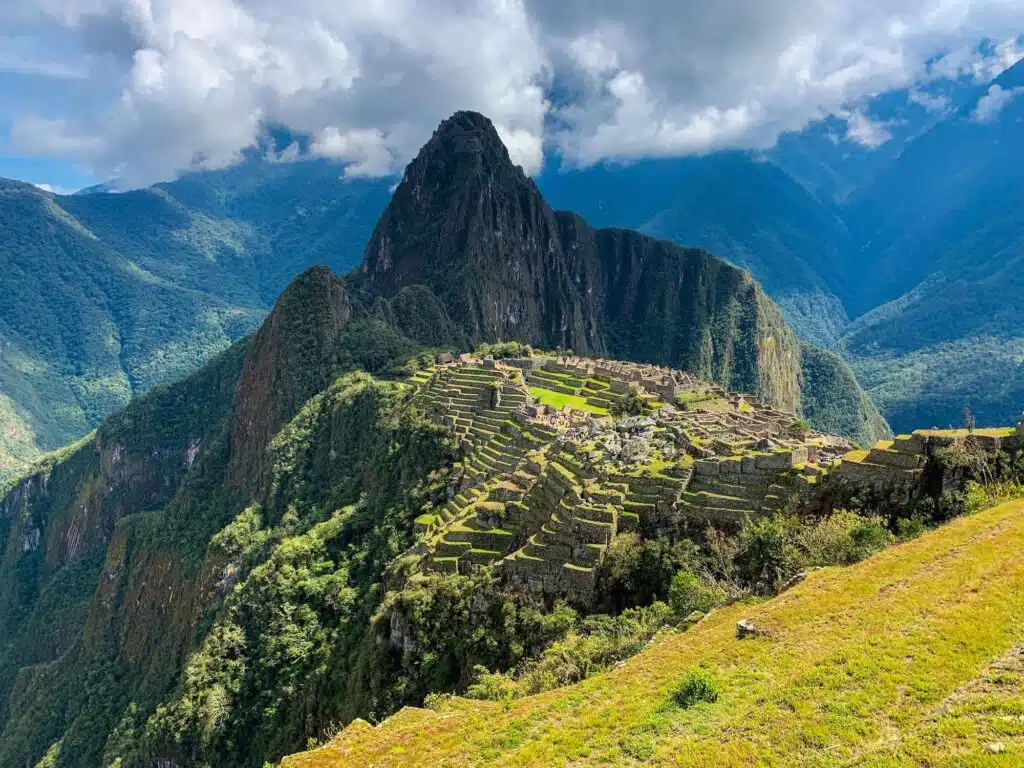
The site has inspired poets, including Pablo Neruda, who wrote The Heights of Machu Picchu after visiting. Some travelers report strange sensations while walking through its corridors, like a heaviness in the air or a sharp awareness that’s hard to describe. Whether or not you believe in energy fields or ancient power centers, it’s a place where people tend to slow down, fall quiet, and pay attention.
Stonehenge, England
Stonehenge is one of the most studied prehistoric sites in the world, and still, no one can say with certainty what it was for. Located in Wiltshire, England, the structure dates back over 4,000 years and is made up of massive standing stones arranged in a circular layout. What’s clear is that it wasn’t random—many of the stones align with the sun during solstices, suggesting it was used as some kind of solar calendar.
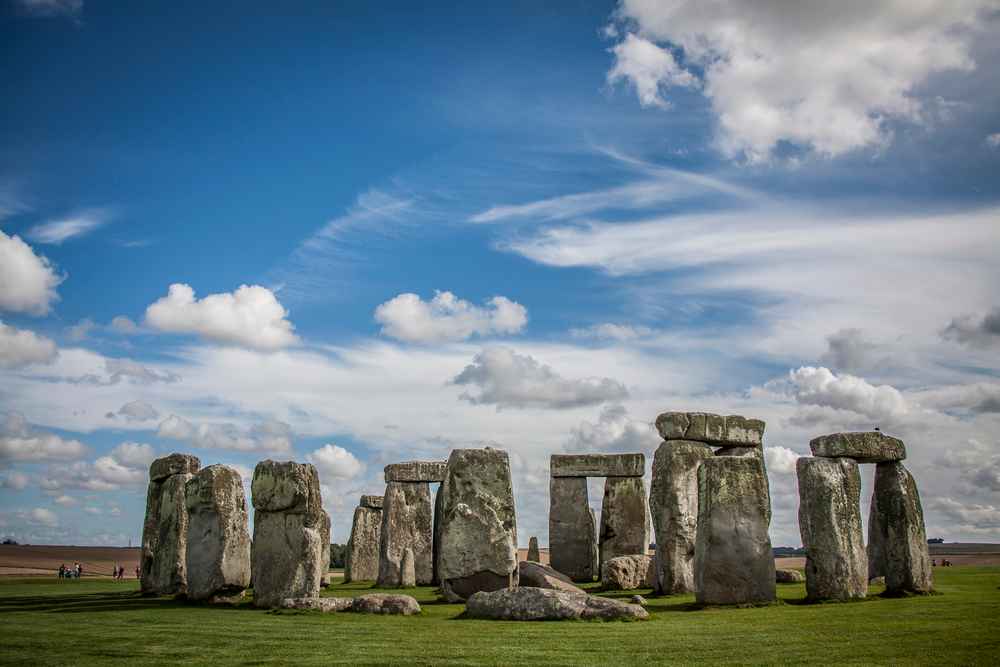
It may have served as a burial ground, a ceremonial site, or something else entirely. Today, visitors come year-round, but especially during the summer and winter solstices, when the alignment becomes visible again. Whether or not you’re there for the astronomy, the symmetry and scale of the stones create a sense of focus—and stillness—that’s hard to ignore.
Chichén Itzá, Mexico
Chichén Itzá was one of the major centers of the Maya civilization, active from around A.D. 750 to 1200. At its center is the Temple of Kukulkan, a step pyramid designed with precise astronomical intent. During the spring and autumn equinoxes, shadows fall on the pyramid in a way that creates the illusion of a serpent slithering down the staircase—an event tied to the feathered serpent god Kukulkan.
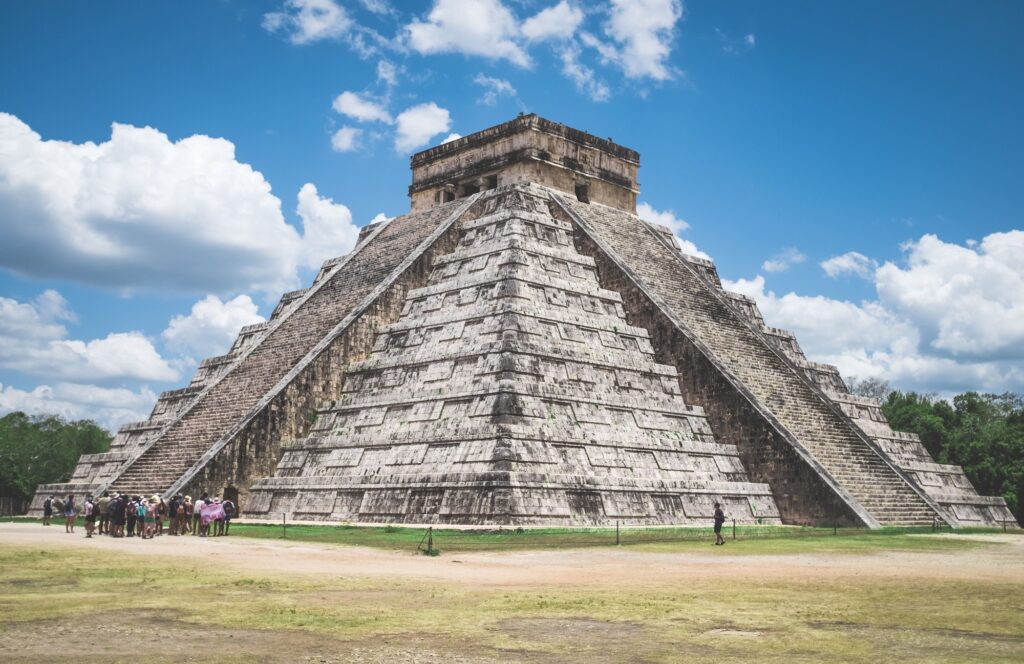
The entire complex was built around cycles of time and celestial movement, which shaped how the Maya understood their place in the universe. Walking through the site, it’s clear that everything, from the ball court to the sacred cenote, was designed with a bigger framework in mind.
Santiago de Compostela Cathedral, Spain
For over a thousand years, people have walked across Europe to reach this cathedral in northwestern Spain. It’s the final stop on the Camino de Santiago, a network of pilgrimage routes leading to what is believed to be the tomb of St. James, one of Jesus’s apostles.
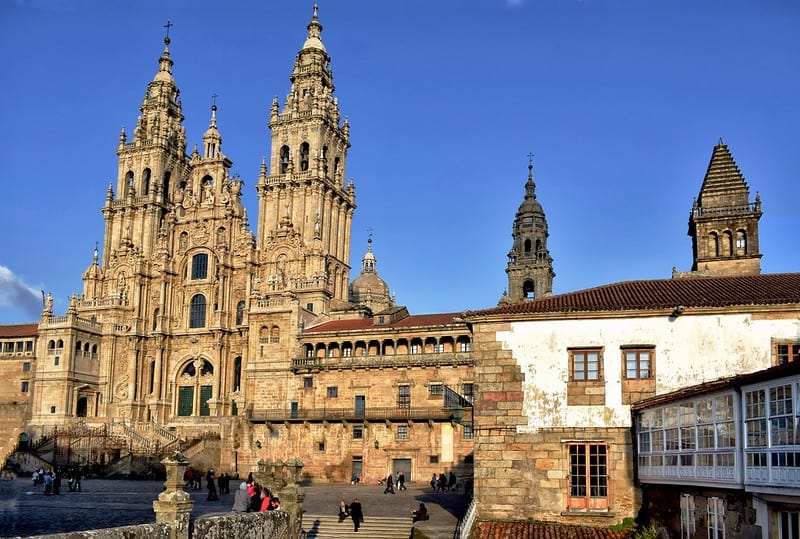
The journey is personal — some walk for religious reasons, others for reflection or recovery — but the destination carries a weight that few places do. The cathedral itself is Romanesque, layered with later Gothic and Baroque additions, and sits in a wide square where arriving pilgrims often rest in silence before going inside. The long walk toward it, whether taken over days or weeks, gives the arrival a kind of stillness that many describe as spiritual, regardless of belief.
Hagia Sophia, Turkey
Hagia Sophia has shifted identities many times over the centuries, but its atmosphere has remained constant. Built in the sixth century in what is now Istanbul, it was originally a Byzantine cathedral, later converted into a mosque, then a museum, and more recently, a mosque again.
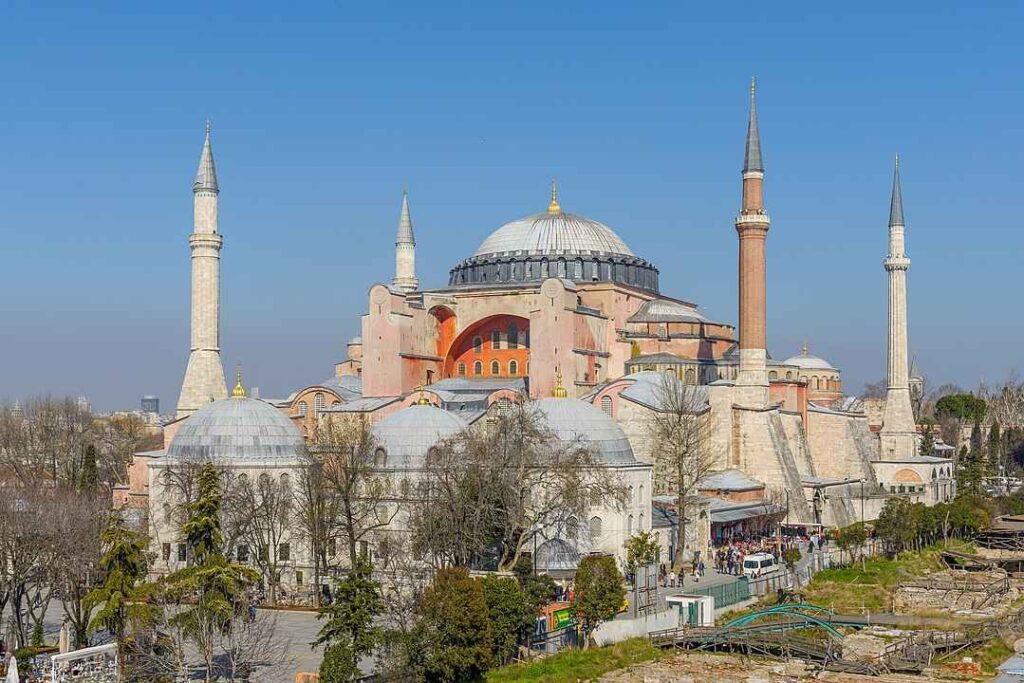
The architecture reflects this layered history—Christian mosaics share space with Islamic calligraphy, and the massive central dome filters light in a way that makes the space feel suspended. Visitors often describe a sense of disorientation, not because of confusion, but because of the way time seems to overlap inside. It’s one of the few places where competing histories coexist in the same room, and where reverence doesn’t rely on a single story.
Table Mountain, South Africa
Table Mountain rises abruptly behind Cape Town, with a flat summit that stretches for miles. Long before it became a hiking destination, the mountain held spiritual significance for the Indigenous Khoi and San peoples, who believed it was the home of their god.
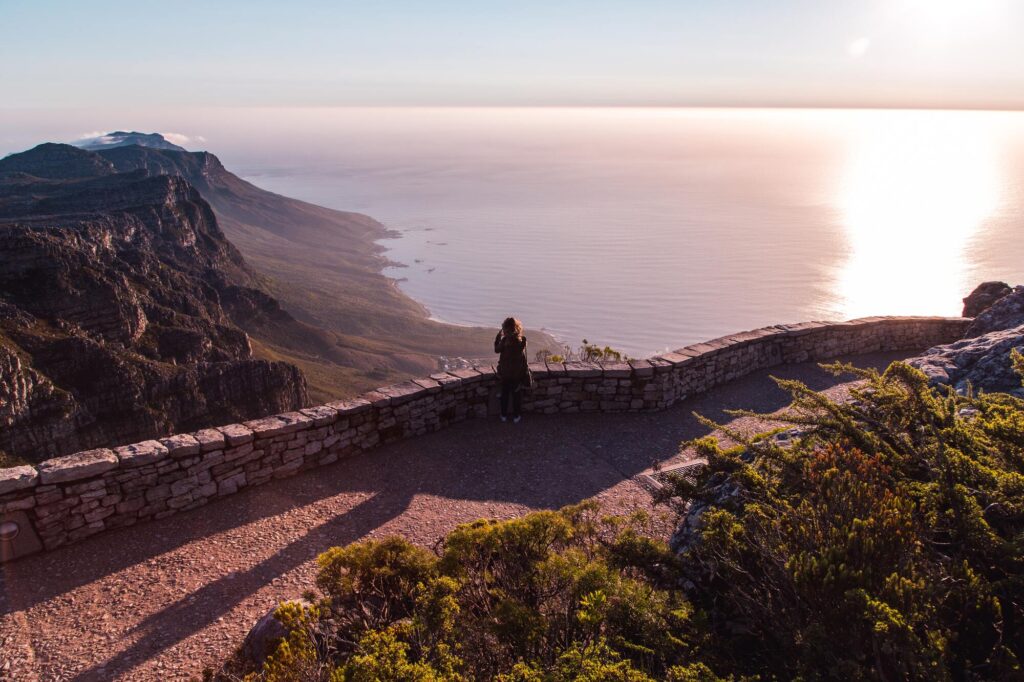
Even today, the top of the mountain has a strange quiet to it. The city disappears, the ocean surrounds you, and the air feels different—cooler, thinner, more still. Some visitors leave offerings or sit in silence at specific points on the plateau. It’s not a marked ritual space, but over time, people have created their own reasons to return.
Mt. Sinai, Egypt
Mount Sinai is one of the most important religious sites in the world. According to Jewish, Christian, and Islamic traditions, this is where Moses received the Ten Commandments. The mountain, located in Egypt’s Sinai Peninsula, has drawn pilgrims for centuries.

Most people make the climb before dawn. The trail winds up slowly, and by sunrise, the summit is packed with people wrapped in blankets, waiting in silence. There’s no shrine or marker at the top—just rocks, sky, and an open view in every direction. What makes the experience powerful isn’t what’s there, but what’s not. It’s a place that invites quiet and lets people bring their own meaning with them.
Temple of Heaven, Beijing, China
The Temple of Heaven was built in the early 1400s as a place for emperors to perform rituals that linked their rule to the cosmos. The ceremonies weren’t public—they were conducted in silence, with precise movements, to ask for good harvests and harmony between heaven and earth.
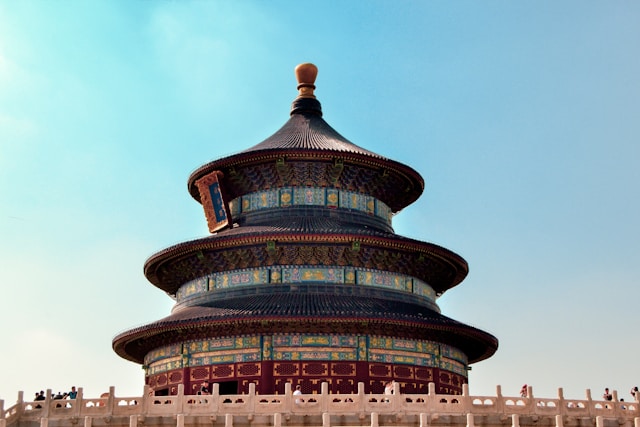
The layout of the complex follows a strict design. The main structures are circular, representing the heavens, and set on square bases, symbolizing earth. Even the number of steps and tiles was planned down to the last detail. Today, locals gather in the surrounding park to practice tai chi, play music, or simply walk. The original rituals are gone, but the space still feels orderly and intentional, as if it was built to hold more than just people.
Temple Circuit, Japan
The Shikoku Pilgrimage, also known as the 88 Temple Circuit, stretches over 1,200 kilometers around the island of Shikoku in Japan. It’s a route that connects 88 official Buddhist temples, each linked to the monk Kūkai, who founded the Shingon school of Buddhism in the 9th century.
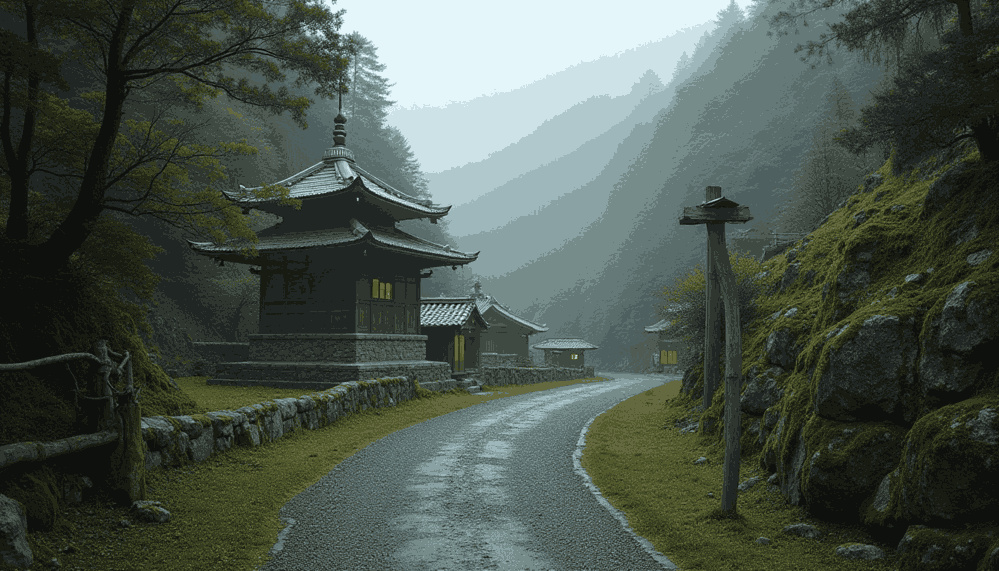
Pilgrims walk the circuit for many reasons — some for religious devotion, others for reflection, recovery, or challenge. The route is divided into four sections, symbolizing stages of spiritual growth: awakening, discipline, enlightenment, and Nirvana. Each temple has its own atmosphere, from remote forest shrines to temples tucked into towns, and together they form a rhythm that’s physical as much as spiritual.
About 10,000 people attempt the full circuit each year, though many do it in parts or by bus. Walking remains the most traditional approach, and those who finish often describe the journey itself as more meaningful than any one destination along the way.
Abydos and Dendera, Egypt
Abydos and Dendera are two of Egypt’s lesser-visited temple complexes, located several hours north of Luxor. Unlike the heavily trafficked sites nearby, these places tend to be quiet, which makes their atmosphere feel more concentrated: less museum, more presence.
Abydos was one of the most sacred cities in ancient Egypt, closely associated with Osiris and the mythology of death and rebirth. The Temple of Seti I contains some of the most intricate carvings from the New Kingdom. Dendera, dedicated to Hathor, the goddess of music and healing, has vibrant astronomical ceilings and underground crypts that are still accessible.
Because they’re more remote, it’s not unusual to find yourself nearly alone in these spaces. Without the crowds, the scale, silence, and detail stand out more sharply, and the connection to something older feels closer.
Pantheon in Paris
The Pantheon in Paris wasn’t built to be a spiritual site in the traditional sense. It started as a church in the 18th century, but was soon repurposed during the French Revolution as a monument to national achievement. Today, it holds the remains of figures like Voltaire, Marie Curie, Victor Hugo, and Louis Braille.

Despite its secular role, the space often leaves visitors with a sense of reverence. There’s no altar, but there are moments that feel sacred—like finding a single fresh rose on a crypt, or reading an inscription that reshapes how you think about a life’s work. For many, especially those who don’t connect with religious traditions, the Pantheon offers a different kind of spirituality—one rooted in legacy, memory, and the weight of human contribution.
Meteora in Greece
Meteora is a cluster of monasteries built on towering rock formations in central Greece. The name means “suspended in the air,” which makes sense when you see how the buildings are perched — hundreds of feet above the valley floor, balanced on stone pillars that look almost impossible to reach.
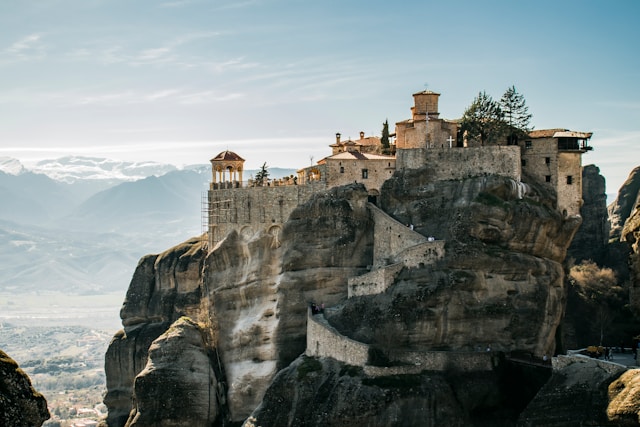
Monks first came here in the 14th century, seeking isolation and stillness. Today, six monasteries are still active, with communities of monks and nuns maintaining daily rituals. Visitors can hike up from the nearby town of Kalambaka, following forested trails that gradually open onto sweeping views of the valley.
The scale is striking, but it’s the quiet that stays with people. Inside the chapels, the air smells of wax and incense, and the only sound is footsteps on stone. Whether you’re walking the trails or sitting on a rock overlooking the cliffs, there’s a sense that time moves differently here—and that solitude is part of the design.







Comments